Today we will talk about all things knee joint stabilisation!
- The stability of the knee joint is dependent upon static and dynamic factors.
- The static stabiliser includes passive structures such as the knee joint capsule and the various ligaments and other associated structures such as the
- Menisci
- ligaments which all act as static stabilisers include the medial collateral ligament, the lateral collateral ligament, the ACL, PCL,
- The iliotibial band is also considered a static stabiliser in spite of its muscular connections.
- The dynamic stabilisers of the knee are all the muscles and their aponeuroses, including:
- Quadriceps
- Pes Anserinus
- Popliteus
- Hamstrings
Because of the static factors it’s not something we can physically make it stronger, if you ever had ACL, PCL, meniscus or any other passive knee structure injuries my advice as the physio is to then make sure it’s vital for you to build up your dynamic factors and make them as strong as possible to help manage your injuries to the best of your abilities.
I am going to show you some strengthening and stability exercises to improve just that!
Keeping in mind these exercises are of general nature and do not take your injuries/history into considerations. In order to fully rehab your discomfort you will still need to continue to progress to harder and more functional strengthening exercises that are specifically tailored for you, in order to feel pain free while working.
Here at Capital Physiotherapy, our physiotherapists are the experts in helping you to fix your issues as well as all the discomfort that comes with it!
We can help you lead a healthier and pain free lifestyle.
Our physiotherapist will be able to give a full assessment on you and come out with individualised advice/ treatment plan that is tailored for your particular needs.
At Capital Physiotherapy, your initial appointment is 40-60minutes long. This allows our physios to be thorough in their assessment, as well as giving them enough time to give you treatment on the same consultation!
For any physiotherapy related concerns drop us an email info@capitalphysiotherapy.com.au or make an appointment through our booking system!
Additional Information:
We also provide Telehealth Consultation for your safety and convenience during this pandemic.


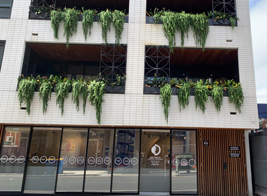
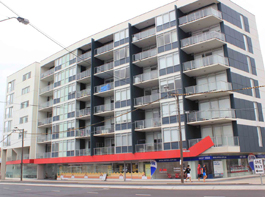

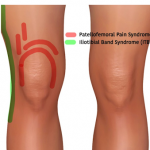
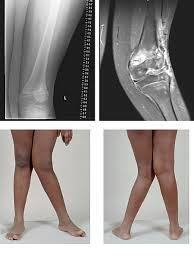
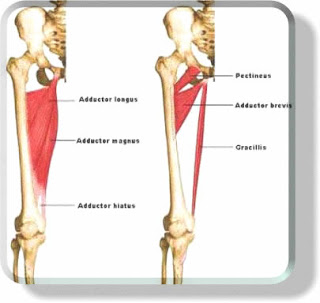
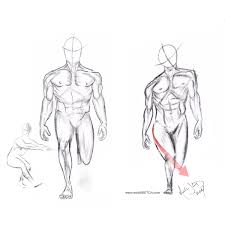
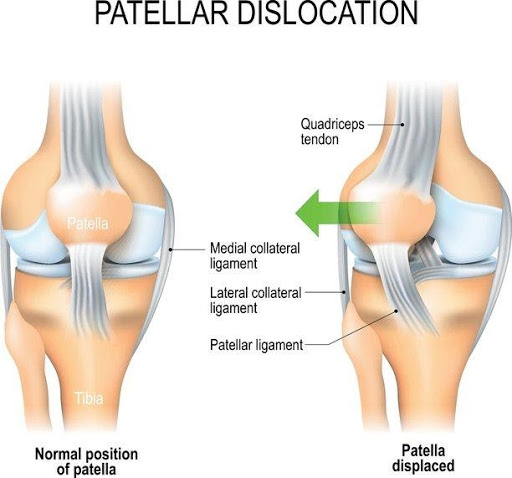
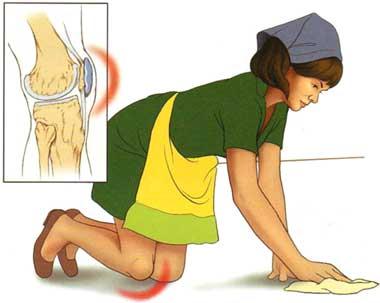 What a funny name for an injury! But what is it?
What a funny name for an injury! But what is it? 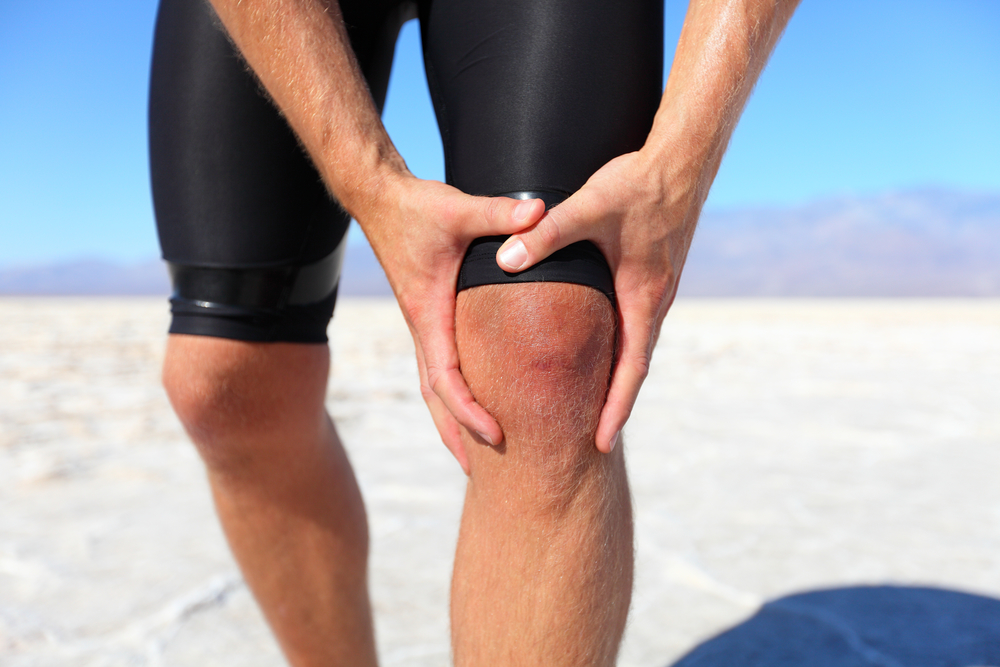
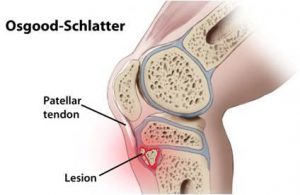
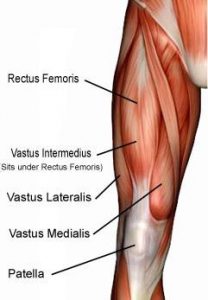 Vastus Intermedialis and the third is the Vastus Medialis Oblique. Each of these muscles attaches onto the patella and has its own direction of pull. The VL pulls the knee cap laterally (to the outside), while the VI pulls the knee cap directly upwards. The VMO, meanwhile, pulls the patella medially (to the inside).
Vastus Intermedialis and the third is the Vastus Medialis Oblique. Each of these muscles attaches onto the patella and has its own direction of pull. The VL pulls the knee cap laterally (to the outside), while the VI pulls the knee cap directly upwards. The VMO, meanwhile, pulls the patella medially (to the inside).